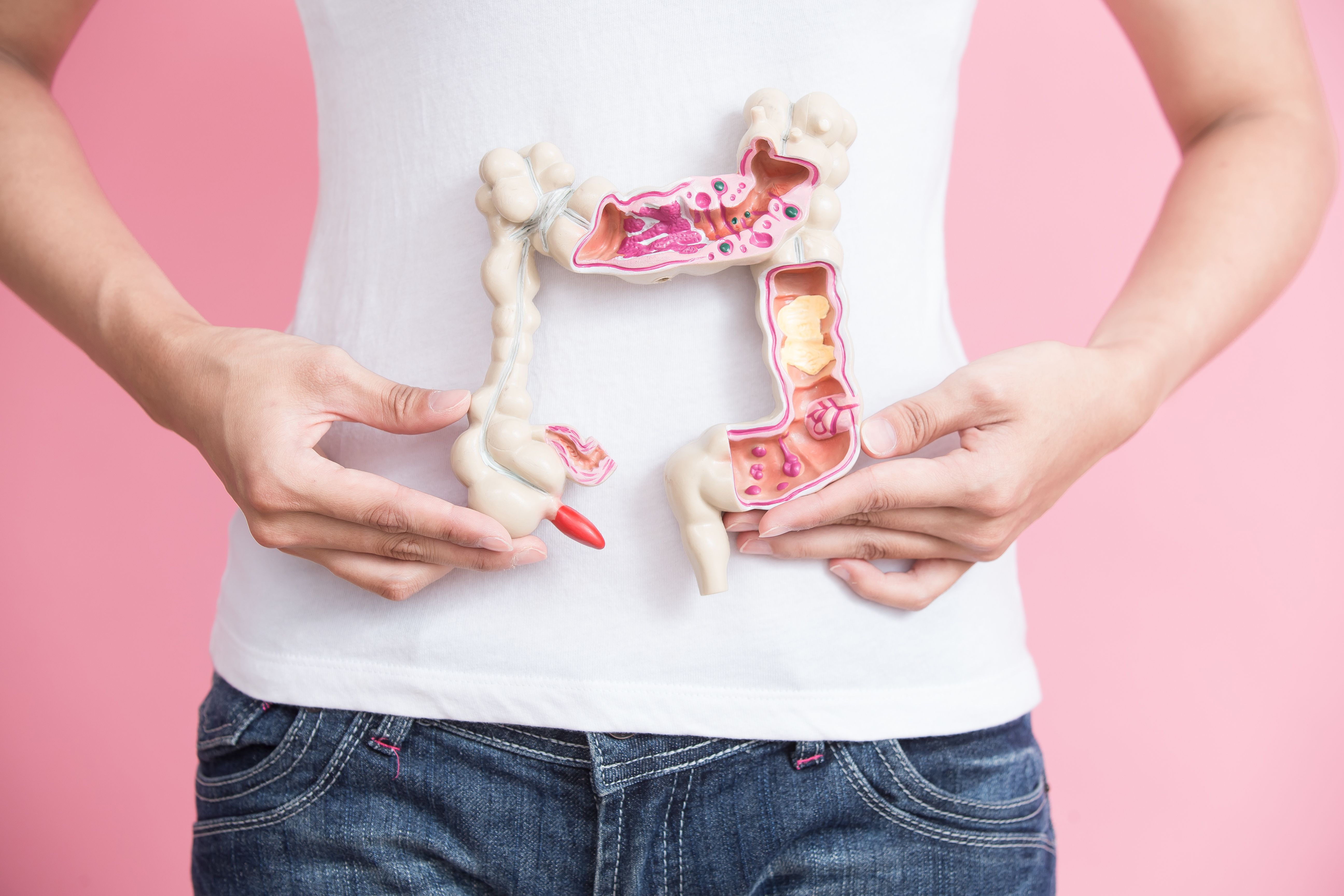- Center on Health Equity and Access
- Clinical
- Health Care Cost
- Health Care Delivery
- Insurance
- Policy
- Technology
- Value-Based Care
Early Screening Model Displays High Accuracy in Predicting CRC
A prediction model using age, body mass index, lifestyle, waist circumference, and family history had high accuracy when used to predict colorectal cancer (CRC) in China.
A nomogram model was able to accurately predict cases of colorectal cancer (CRC) using age, body mass index (BMI), and waist circumference (WC) among other factors, according to a study published in the World Journal of Gastroenterology. The model can help to determine who is at most risk for a diagnosis and provide adequate help, the authors write.
CRC is the third most common cancer in the world. However, diagnostic delays for CRC remain prevalent in China, as there is no unified approach to early screening, which makes using risk factors to determine the likelihood of CRC even more important. Although previous risk models have been created to predict the risk of CRC, this study revealed the effectiveness of a new prediction model that used demographic information and family history among other factors.
Colorectal cancer | Image credit: ryanking999 - stock.adobe.com

This study took place at the Ningbo Hospital in China between 2014 and 2017. Patients were included if they had lived permanently in the city for more than 3 years, were aged between 40 and 74 years, and were able to give informed consent. Patients were excluded if they had a previous diagnosis of CRC or had an abnormal identifier number.
Questionnaires were given to all participants to collect data on demographic information, dietary habits, living habits, and their family history. BMI and WC were collected along with age, sex, and ethnicity. Patients were also asked about their smoking history, alcohol consumption, and physical activity as part of the data collection on lifestyle habits. Patients were classified as having a high risk of CRC by 2 anorectal surgeons if they had a positive fecal test, a first-degree relative who had a history of CRC, a history of intestinal polyps or cancer, and/or a change in bowel habits.
There were 63,918 participants included in this study, of whom 11.9% were considered to be at high risk of CRC. Patients who were at higher risk of CRC were more often men, were older, and had higher BMI and WC compared with the group who were not at high risk. Patients at high risk for CRC also ate fewer fresh vegetables, fresh fruits, and grains and ate more meat per week compared with the group not at high risk. Family history of CRC was also common in patients with a high risk of CRC (OR, 4.28; 95% CI, 4.04-4.54). Higher BMI (OR, 1.07; 95% CI, 1.06-1.08) and WC of greater than 80 cm (OR, 1.03; 1.02-1.03) were also found to be associated with a higher risk of CRC.
A nomogram model was created to screen patients who had a higher risk of CRC. The probability of CRC detection among those at high risk was estimated using a system of points that were assigned to each observation. There were 500 resamples that were analyzed using this model and the area under curve for the model was 0.734 for the validation set and 0.735 for the training set. This indicated that there was good clinical value for this model.
There were some limitations to this study. There was a lack of generalizability due to it taking place in a single center. This study only analyzed 4 risk factors when there are many other factors that could be drawn from, including emotional and psychological factors.
This study concluded that a risk prediction model was able to accurately predict the risk of CRC when using factors such as BMI, WC, family history, and lifestyle factors collected from patients. High BMI and WC as well as a family history of CRC were all significantly associated with CRC.
Reference
Xu LL, Lin Y, Han LY, Wang Y, Li JJ, Dai XY. Development and validation of a prediction model for early screening of people at high risk for colorectal cancer. World J Gastroenterol. 2024;30(5):450-461. doi:10.3748/wjg.v30.i5.450
